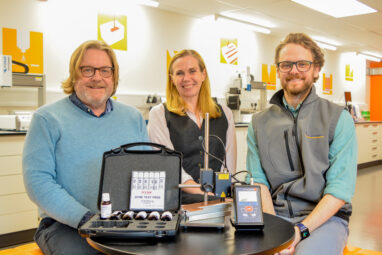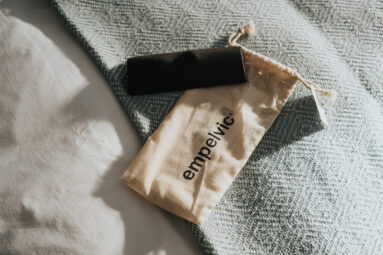
Unlike Wine, Tape Does Not Improve With Age
Tapes do not improve with age. Quite the opposite. Corporates, consumer and heritage clients have vast archives of magnetic tape that contain information that needs to be preserved. 70% of all audio-visual material is under the threat of deterioration, damage or obsolescence. From about 1950 through the 1990s, most of the world’s audio-visual was entrusted […]
Tapes do not improve with age. Quite the opposite. Corporates, consumer and heritage clients have vast archives of magnetic tape that contain information that needs to be preserved. 70% of all audio-visual material is under the threat of deterioration, damage or obsolescence.
From about 1950 through the 1990s, most of the world’s audio-visual was entrusted to analogue magnetic recording tape for archival storage. Now that analogue magnetic tape has moved into a niche archival market, that we at Oxford Duplication Centre specialise in, it is time to reflect and realise that it is time to start worrying about the remaining lifetime of existing tapes.
Video tapes are fundamentally composed of three layers:
1. the binder layer – magnetic particles responsible for signal quality
2. the substrate – stability, strength and friction support
3. the backing – stability, strength and friction support
Corporate and consumer tapes all share one thing in common: they are magnetic media. There are many ways tape can deteriorate:
• Magnetic particles gradually lose their charge, in a process called remanence decay resulting in some colour shift toward weaker hues and loss of detail.
• Magnetic particles may accidentally demagnetise. This can be from storing too near a magnetic source or even from the playback machine itself.
• The lubricant in the binder layer is used up. With each playback it erodes, the binder layer itself takes on more wear, which can directly cause information loss.
• The binder layer can become a sticky and unplayable. The binder’s polymers will absorb water eventually delaminate. Typically called sticky-shed syndrome. Playing a tape in this condition will damage both tape and the playback machine.
• The backing and substrate can become stretched. Multiple rewinding’s and playback. This causes tracking errors that can dramatically reduce playback quality.
Conclusion
If the content is important and should not be lost, copy it now. Do not rely on old tape. Unlike wine, tape does not improve with age. Developing a logical plan and sticking with it is an important part of preserving the audio-visual assets in your collection. It is important to consider that equipment and related knowledge about how to play older tapes will not survive much longer. Fortunately, at Oxford Duplication Centre we hold some of the rarest tape machines which are serviced and maintained by our experienced team.
Kind regards
Cheryl
Director
Oxford Duplication Centre
Corporate, Consumer and Heritage Digitisation
29 Banbury Road
Kidlington
Oxfordshire OX5 1AQ
Tel: 01865 457000
Current opening hours: Monday to Friday 10-3pm by appointment only
cheryl@oxfordduplicationcentre.com
www.oxfordduplicationcentre.com
More in Business Services

Unipart announces financial results for the year ended 31 December 2023
Unipart delivers strong growth and revenues exceed £1bn

Intertronics acquires Dyne Testing
~ Surface measurement business now a wholly owned subsidiary of Intertronics ~

Owen Mumford acquires Empelvic
Owen Mumford Expands Pelvic Health Portfolio with Acquisition of Empelvic


